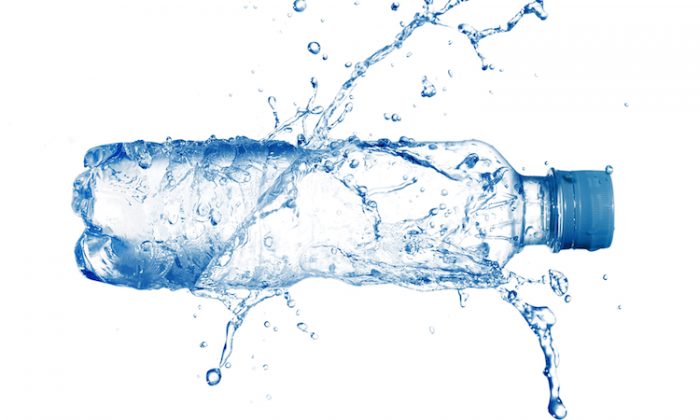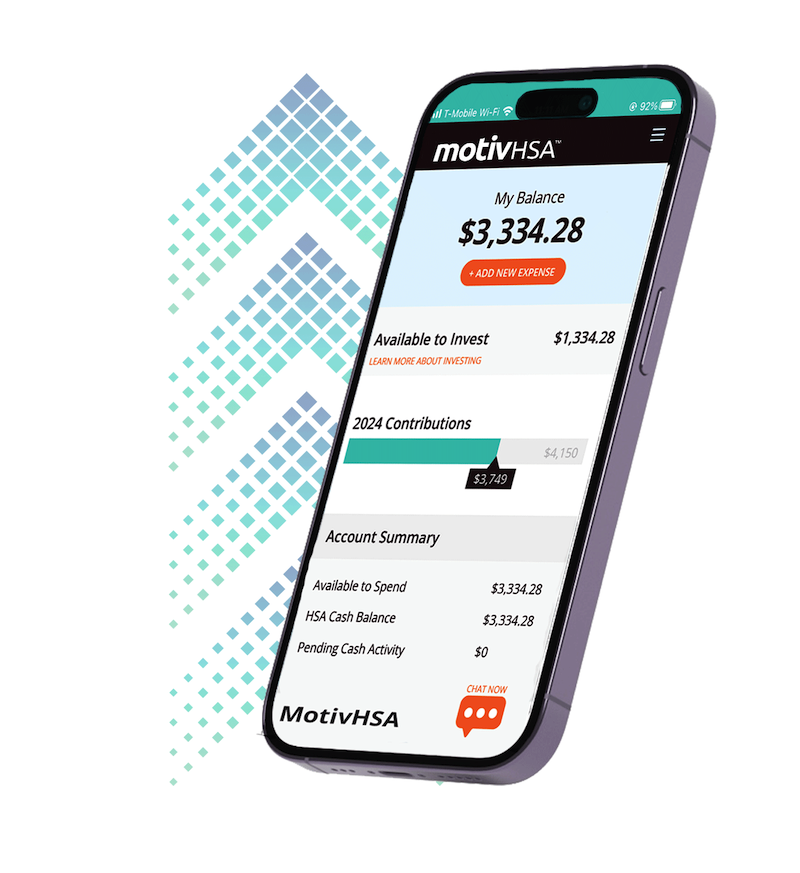Written by Michael Richardson | Healthy Magazine
When bottled water first became a thing, the first thing we said was either “why” or “that’s stupid.” Now many of the former naysayers pick up bottled water without a second thought, leaving reusable water bottles of yesteryear dry and buried in some cupboard or dump.
Many see this as more of a tragedy than a simple hydration transition, because of the waste bottled water creates, waste that reaches into our wallets and infiltrates our environment.
But there is something convenient about disposable water containers, helping us forget the waste. For example, what am I going to do with a water bottle all day when I’m in a place that doesn’t have easy water access? Unfortunately (fortunately?) fanny pack prejudice still looms over our country. It’s much easier to grab bottle, chug, dispose, and go hands free the rest of the day.
Others say they prefer bottled water because it is cleaner, free from the contaminants in tap water of the area, which does, in fact, have merit.
Bottled water haters aren’t having any of these excuses, however, using the following stats as ammunition.
Plastic Ocean: Bottled Water By the Numbers
- Total number of bottles sold annually: 35,000,000,000
- About 4/5 of these bottles end up in a landfill and aren’t recycled.
- Each second, 1,500 plastic water bottles are consumed in the United States.
- 17 million barrels of oil are used in the production of bottled water each year.
- Average number of plastic bottles used per person annually in the U.S.: 173
Source: statisticbrain.com
Who Cares…
Numbers, numbers, numbers. So many numbers. Some don’t care, while others are taking action.
More than a dozen universities have banned bottled water sales, including Washington University and Harvard’s School of Public Health. Some cities have stepped it up as well. New York, Seattle, San Francisco and Chicago’s Cook County have all banned the use of government funds to purchase bottled water.
At smaller levels, bloggers, artists and activists are busy using those numbers. One person set up a stand and sold bottled air. When people laughed and wouldn’t pay, he’d ask them about their bottled water habits.
But all these people have a balancing act to master, since we can’t forget what bottled water is replacing, namely soda and sugary drinks.
For about two decades, soda was the number one drink in the US. Now, water is king. The average American drinks 17 percent less soda now than in 1998. That cuts more than 11,000 calories per person per year, according to Health magazine.
See the glass half full, say obesity experts, and don’t push people away from water, whatever form it comes in.
But the logic is still lacking, according to Author Peter H. Gleick, who writes in his book, Bottled and Sold: The Story Behind Our Obsession With Bottled Water, that people usually say they buy bottled water for four reasons: fear of their tap water, convenience, taste and style.
“So we’ve turned to the bottle, convinced that paying a thousand times more for individually packaged plastic throwaway containers of water than for readily available tap water is an act of rationality rather than economic, environmental and social blindness,” he writes.
Bottled Money
- Annual spending on bottled water in the U.S.: $12,725,000,000
- Global sales revenue from bottled water: $75,000,000,000
- Bottled water costs 1,000 times more than tap water.
- Tap water costs $2 per every thousand gallons.
- Two liters of tap water a day will cost the average person 50 cents a year.
Source: statisticbrain.com, U.S. Environmental Protection Agency (EPA)




No Comment